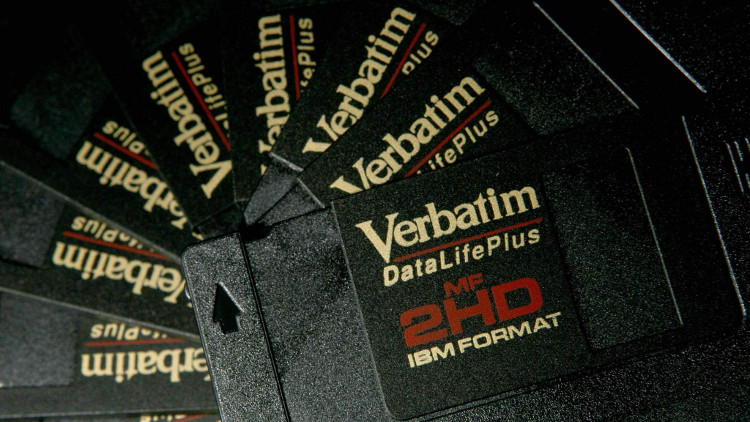Why is the US still using computer systems from 1970 to control nuclear missiles?
Surely you did not misread the title by the latest report that revealed that a large number of US nuclear arsenals are still being managed and controlled by a computer system dating back to the 1970s. use an 8-inch floppy disk to store information but the question is why do they do it in this day and age?
Based on the report from the Government Audit Office (GAO) and the US Department of Defense (DOD), current management and control activities related to US nuclear forces include cross-missiles. continents, nuclear bombers . are being implemented on "prehistoric" computer systems that have been built more than 40 years ago. According to the report, every year, the United States has to spend 61 billion USD to maintain and maintain outdated technologies in operating conditions, 3 times the amount to be spent on new systems with only 19 , 2 billion USD.

These systems are still used because it is simply still usable.
The reason for the truth is simple, according to AFP spokesman Valerie Henderson with AFP: "These systems are still used because it is simply still usable."
Granted, the fact that they still use old 8-inch floppy disks with a capacity of only 237.25KB is equivalent to 15 seconds of audio storage. The market price of a 32GB memory card is currently very cheap and to get the same storage capacity, you need more than 130,000 floppy disks (if stacked up to 200m long).
In that context, the US Department of Defense announced it would begin replacing floppy disks with secure digital devices by the end of 2017 and to complete this task, it would have to wait until the end of 2020. Although However, it is not only the Department of Defense with nuclear weapons, the US Department of Treasury still maintains and runs the Individual Master File (IMF) containing all tax data on one language. programming language that only works on IBM's really old and outdated computer systems.
Therefore, if you are looking for a job position as an IT staff of the US government, you must be prepared at the top of the bed for old FORTRAN (*) programming books from the 1950s to be able to successful interview!
(*) Fortran (or FORTRAN) is a compiled, static, imperative, programming language that has been developed since the 1950s and is still widely used in scientific or numerical methods until more than half a century later. Formula Translator is a translation of Formula Translator / Translation, meaning translated formula. Early versions were officially named FORTRAN, but uppercase letters were converted to lowercase letters from Fortran 90 version. The international standard for this name today is "Fortran".
Fortran was originally developed as a procedural language. However, new versions of Fortran (from Fortran 90) have features that support object-oriented programming.
- The most feared nuclear weapons systems in the world
- What difficulties do today's computer algorithms face?
- China successfully tested the new supersonic rocket that made the US worried about it
- China is about to have nuclear missiles that can
- Russia successfully tested missiles' unable to intercept
- Russia developed nuclear missiles flying to Mars for several months
- America failed to try to intercept missiles from aircraft
- 10 most terrible computer disasters in history
- Things to know about Buk missiles
- Upgrade control system of Da Lat nuclear reactor
- India tried missiles capable of carrying nuclear bullets
- Russia tried a multipurpose attack nuclear submarine
 'Fine laughs' - Scary and painful torture in ancient times
'Fine laughs' - Scary and painful torture in ancient times The sequence of numbers 142857 of the Egyptian pyramids is known as the strangest number in the world - Why?
The sequence of numbers 142857 of the Egyptian pyramids is known as the strangest number in the world - Why? History of the iron
History of the iron What is alum?
What is alum?